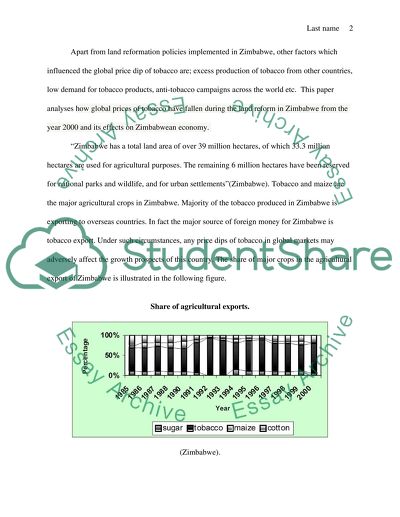Cite this document
(“How global prices of tobacco have fallen during the land reform in Essay”, n.d.)
Retrieved from https://studentshare.org/macro-microeconomics/1393573-economic-development
Retrieved from https://studentshare.org/macro-microeconomics/1393573-economic-development
(How Global Prices of Tobacco Have Fallen During the Land Reform in Essay)
https://studentshare.org/macro-microeconomics/1393573-economic-development.
https://studentshare.org/macro-microeconomics/1393573-economic-development.
“How Global Prices of Tobacco Have Fallen During the Land Reform in Essay”, n.d. https://studentshare.org/macro-microeconomics/1393573-economic-development.


